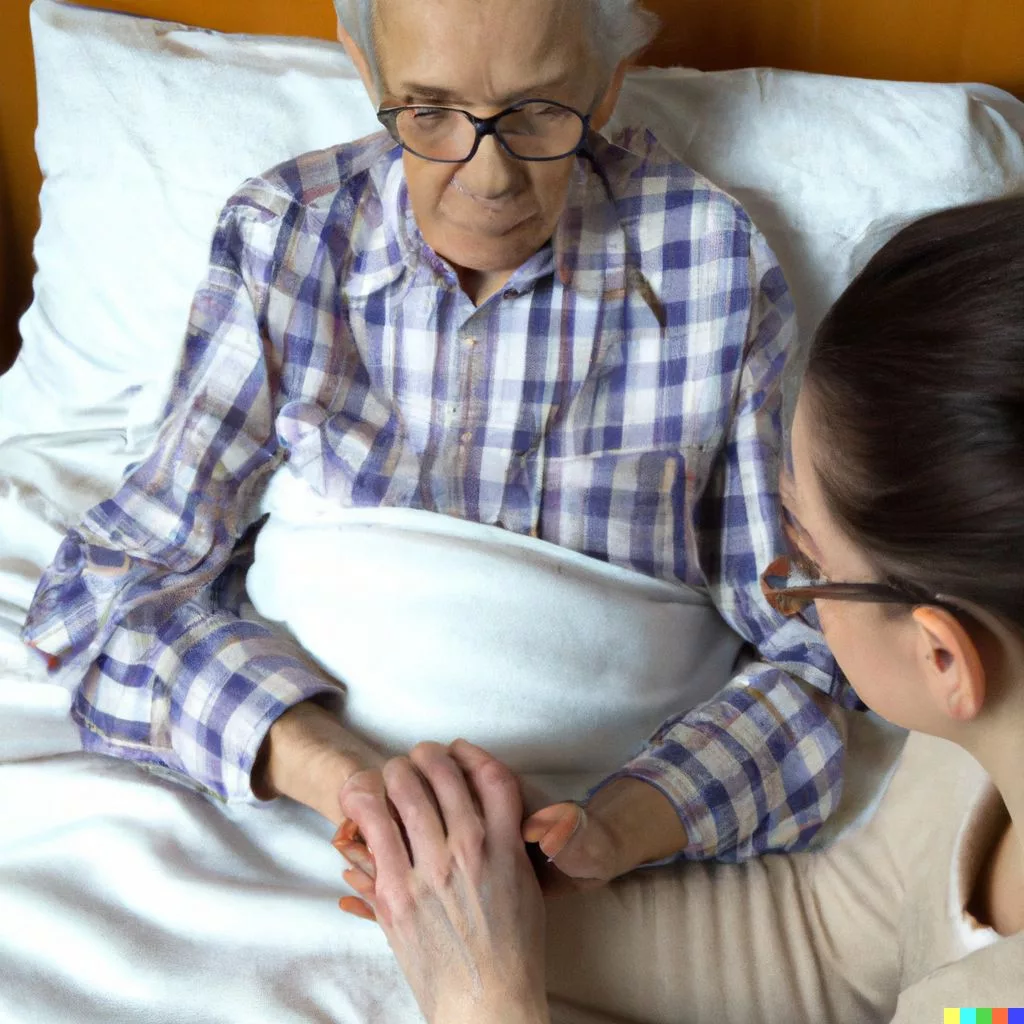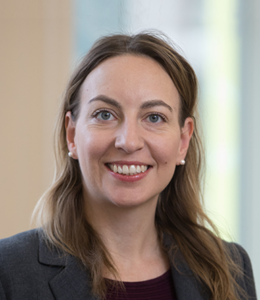Optimal Levels of Care for Older Adults

As your patients age, they will likely need help with their activities of daily living (ADLs), and family will ask you for guidance. The landscape of care is confusing, and financing can be a real barrier. Here’s a quick guide.
1. Independent living with basic in-home services
When caregivers need additional support, in-home services can provide help with activities such as shopping and housekeeping.
Financing: Private pay; not covered by traditional Medicare; covered by Medicaid in some states; many states have non-Medicaid programs for older adults not eligible for Medicaid
Who it’s best for: Patients requiring assistance with instrumental ADLs
2. Living at home with intensive in-home services
“Live-in” caregiving refers to a caregiver who lives in the home 4–5 days a week and provides 24-hour assistance during this time. “24-hour” caregiving is around-the-clock care by multiple caregivers. Caregivers provide personal care, assist with ADLs, and provide companionship.
Financing: Private pay; not covered by Medicare; Medicaid can provide financial assistance in some states
Who it’s best for: Patients who need help with all ADLs but are able to remain at home with only limited family support—and who have enough money saved up to pay privately for these services
3. Assisted living facilities (ALFs)
An ALF, also known as residential care, is structured like an apartment complex for long-term care and typically provides meals, housekeeping, and laundry services, as well as daily activities. ALFs often have multiple levels of care that residents progress through as their needs increase. Even at the highest levels, ALFs typically do not provide 24/7 nursing care or memory care.
Financing: Private pay; not covered by Medicare; Medicaid assistance varies by state but usually covers care only (not room and board)
Who it’s best for: Patients needing help with all ADLs who cannot live at home and have the means to afford an ALF
4. Skilled nursing facilities (SNFs)
Older adults requiring 24/7 nursing care are best managed in nursing homes, also known as SNFs. Many SNFs also offer rehabilitation care. Older adults residing in SNFs may require IV medications, respiratory therapy, or regular monitoring of their vital signs.
Financing: After a minimum of a three-day hospital stay, Medicare covers 100% for the first 20 days, then requires a co-pay for days 21–100; Medicaid covers 100% but often first requires a spend-down to ensure that a patient’s income is low enough to qualify for Medicaid
Who it’s best for: Patients requiring nursing care 24/7
5. Rehabilitation facilities
Rehabilitation facilities provide services after medical hospitalization. In most cases, they offer more intensive therapy compared to SNFs, resulting in shorter lengths of stay. They also offer daily contact with physicians and specialists.
Financing: Medicare usually requires a deductible; Medicaid covers 100%
Who it’s best for: Patients with complex rehabilitation needs that are motivated to return home
6. Memory care facilities
Memory care is for people with severe memory loss affecting their ADLs, who may experience behavioral and psychological symptoms of dementia (BPSD). Memory care facilities provide 24-hour specialized care. In addition, unlike SNFs, staff at memory care facilities are trained to manage difficult behavioral symptoms of dementia. Many facilities also provide memory-enhancing therapies (eg, art therapy and reminiscence therapy).
Financing: Not covered by Medicare; Medicaid assistance varies by state, usually covers care but not room/board
Who it’s best for: Patients with BPSD



_-The-Breakthrough-Antipsychotic-That-Could-Change-Everything.webp?t=1729528747)



